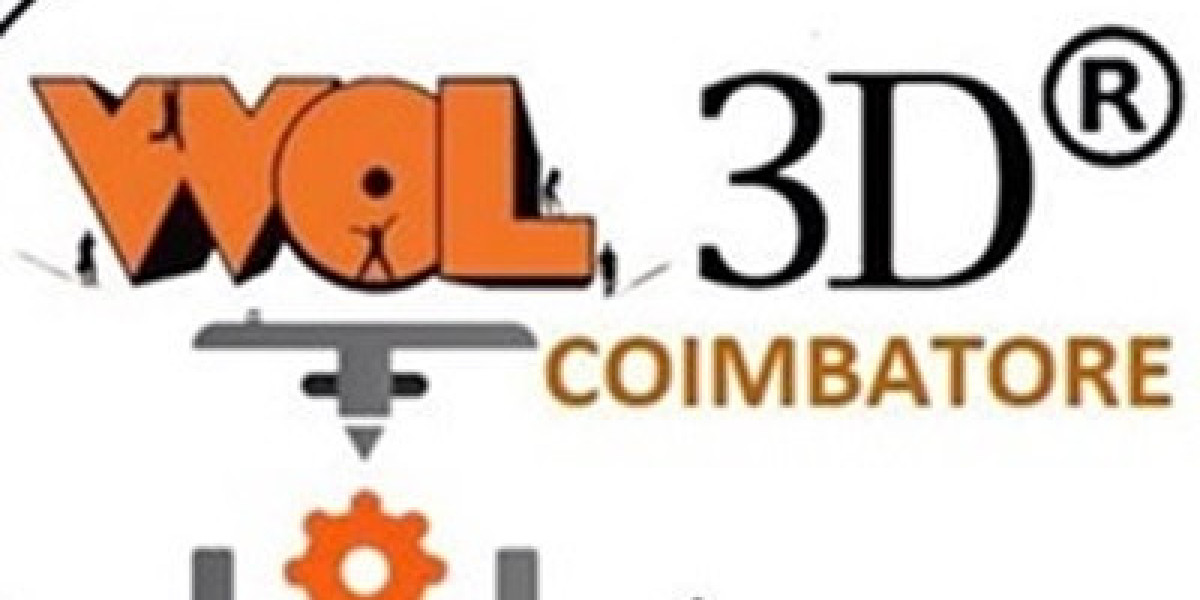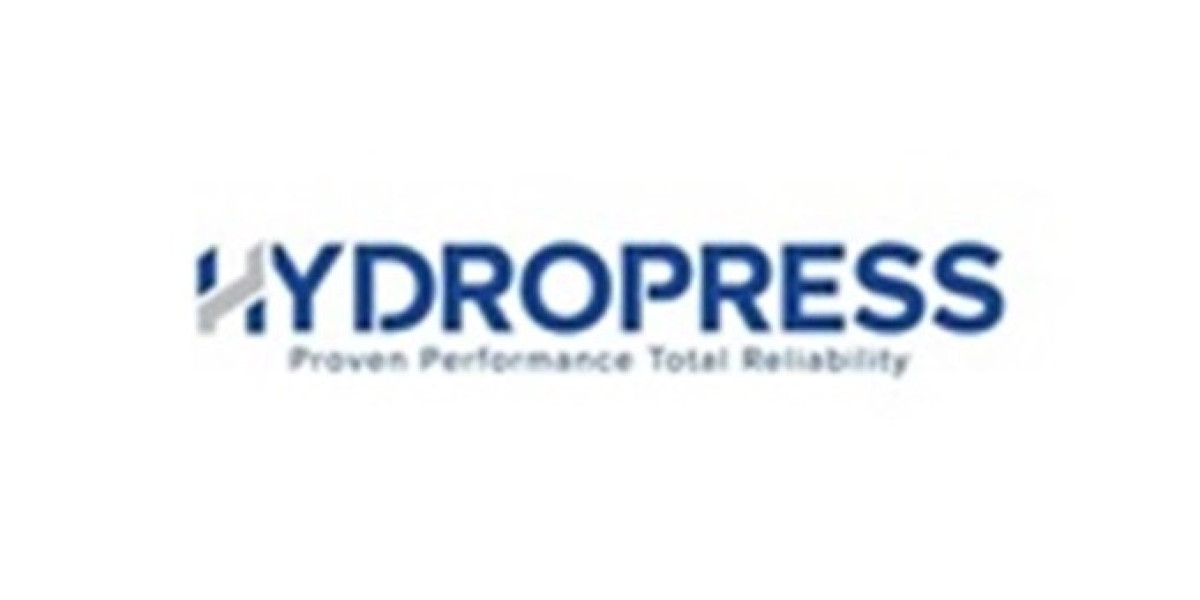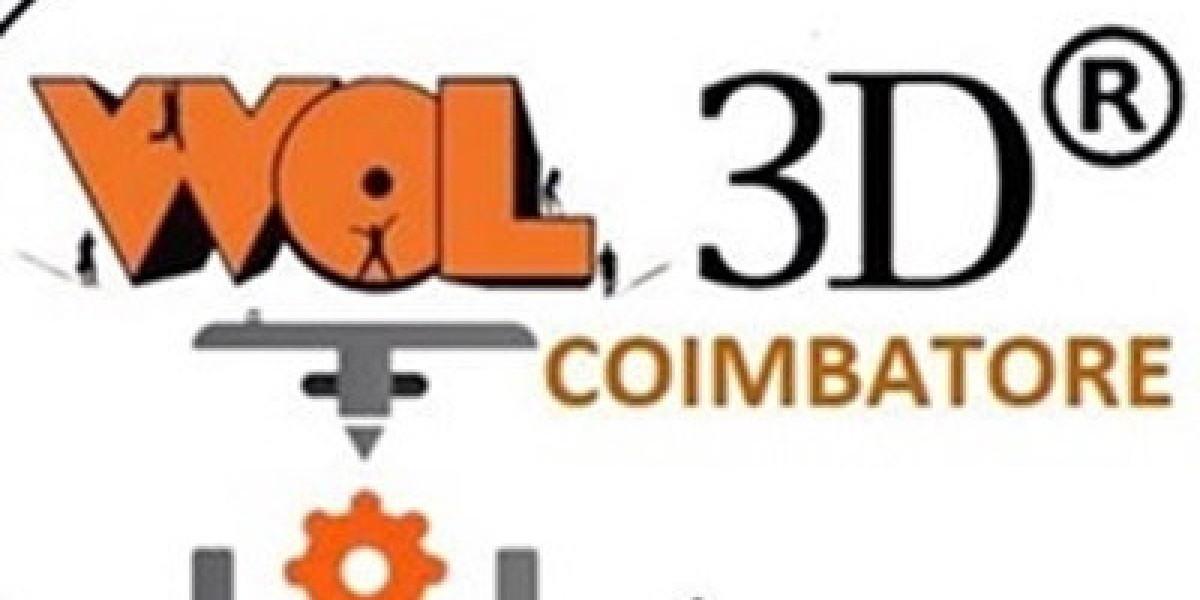Microplate readers, also known as microplate spectrophotometers or plate readers, are indispensable tools in modern laboratories, playing a pivotal role in high-throughput screening, diagnostics, biotechnology, and pharmaceutical research. These devices are designed to detect biological, chemical, or physical events in samples stored on microplates—typically 96-, 384-, or 1536-well plates. Their ability to rapidly and accurately measure multiple samples simultaneously makes them essential for researchers seeking efficiency and precision.
Understanding Microplate Readers
At their core, microplate readers function by measuring optical signals such as absorbance, fluorescence, luminescence, or even more advanced detection modes like time-resolved fluorescence (TRF), fluorescence polarization (FP), and AlphaScreen® These microplate readers modes allow for a wide range of biochemical and cell-based assays, including enzyme activity, protein quantification, cell viability, gene expression, and drug screening.
Depending on the type of assay and the target analyte, laboratories can choose from various types of microplate readers:
Absorbance Readers: Measure the amount of light absorbed by the sample. Commonly used in ELISA assays, protein assays, and nucleic acid quantification.
Fluorescence Readers: Detect light emitted from a sample after excitation by a specific wavelength. Ideal for DNA-binding dyes, fluorescent protein assays, and more.
Luminescence Readers: Measure light produced by chemical reactions, such as luciferase assays.
Multimode Readers: Combine two or more detection modes, offering greater flexibility for complex experiments.
Key Features and Capabilities
Modern microplate readers are equipped with sophisticated features that enhance their performance and ease of use. Some of the notable capabilities include:
High Sensitivity: Ability to detect very low levels of analytes, critical for assays requiring precision.
Rapid Throughput: Efficient reading of hundreds to thousands of samples within minutes, significantly speeding up research workflows.
Automation Compatibility: Many readers can be integrated with robotic systems and liquid handling devices, enabling fully automated assay pipelines.
Software Integration: Advanced data analysis software helps in interpreting results, generating reports, and managing data across experiments.
Temperature Control and Shaking: These features ensure consistency and reproducibility in assays sensitive to temperature and mixing.
Applications of Microplate Readers
Microplate readers have a broad spectrum of applications across various scientific disciplines. In drug discovery , they enable screening of vast libraries of chemical compounds to identify potential drug candidates. Clinical diagnostics use them for ELISA and other immunoassays to detect markers of diseases such as HIV, hepatitis, or COVID-19. In molecular biology , they facilitate quantification of DNA, RNA, and proteins, essential for gene expression and protein studies.
In environmental monitoring , microplate readers are used for detecting contaminants and toxins in water or soil. Meanwhile, in food and beverage industries , they help ensure safety and quality by monitoring microbial content or verifying nutritional composition.
Advantages of Using Microplate Readers
The advantages of microplate readers are numerous, making them highly valuable in laboratory settings:
Efficiency: Ability to analyze many samples at once reduces time and labor costs.
Accuracy and Reproducibility: Consistent results ensure reliable experimental outcomes.
Scalability: Suitable for small-scale research to large-scale industrial screening.
Flexibility: Applicable to a wide range of assays and sample types.
Choosing the Right Microplate Reader
Selecting the appropriate microplate reader depends on the specific requirements of the laboratory. Researchers should consider the detection modes required, throughput needs, sample type, budget, and potential for future scalability. For example, a lab focused primarily on ELISA might opt for a simple absorbance reader, whereas a biotech startup running diverse assays might invest in a multimode reader.
Major manufacturers like BioTek (now part of Agilent), Thermo Fisher Scientific, BMG Labtech, Tecan, and PerkinElmer offer a range of models tailored to various research needs, with customizable features to suit different applications.
Conclusion
Microplate readers have transformed scientific research by enabling rapid, accurate, and cost-effective analysis of biological and chemical samples. Their versatility and scalability make them a cornerstone of modern laboratory instrumentation. As technologies evolve future microplate readers are expected to become even more compact, user-friendly, and integrated with AI-powered analytics, further enhancing their role in scientific discovery and innovation. Whether in academic labs, pharmaceutical companies, or diagnostic centers, microplate readers continue to drive progress across the life sciences.







